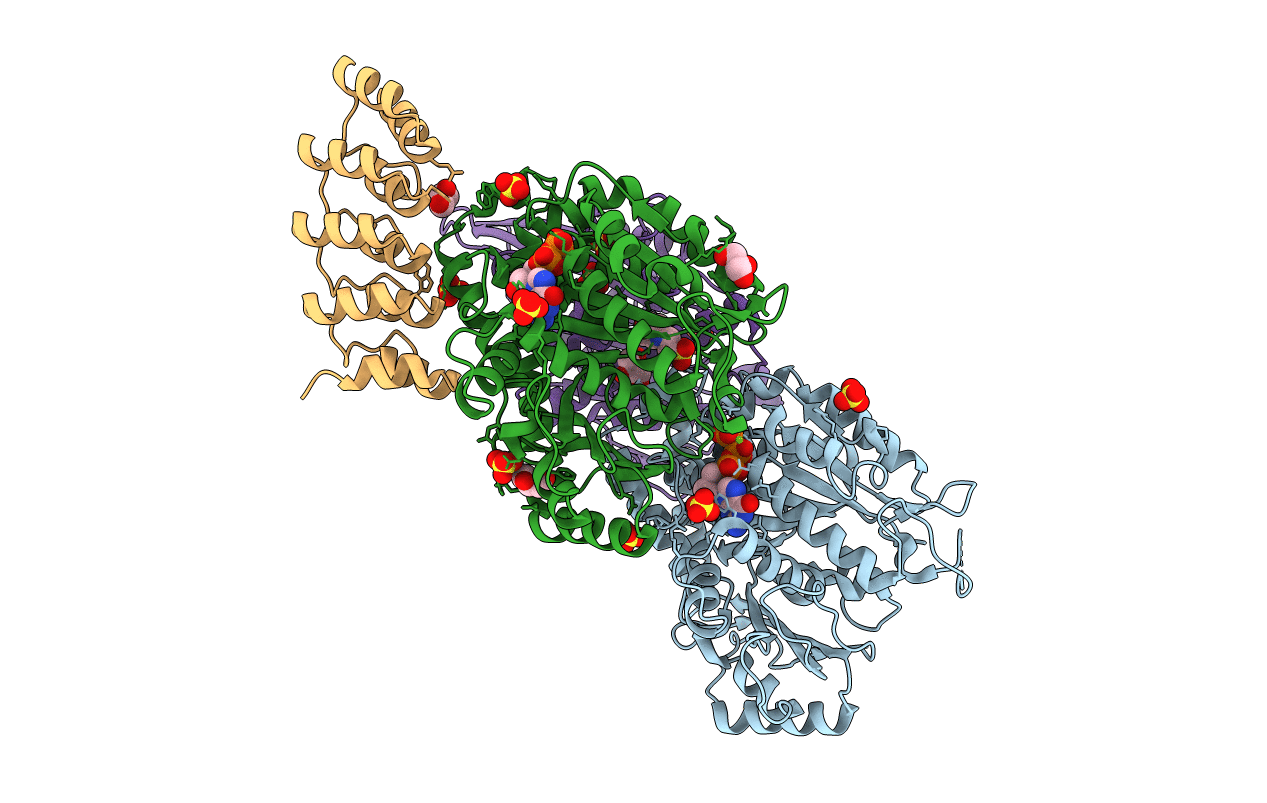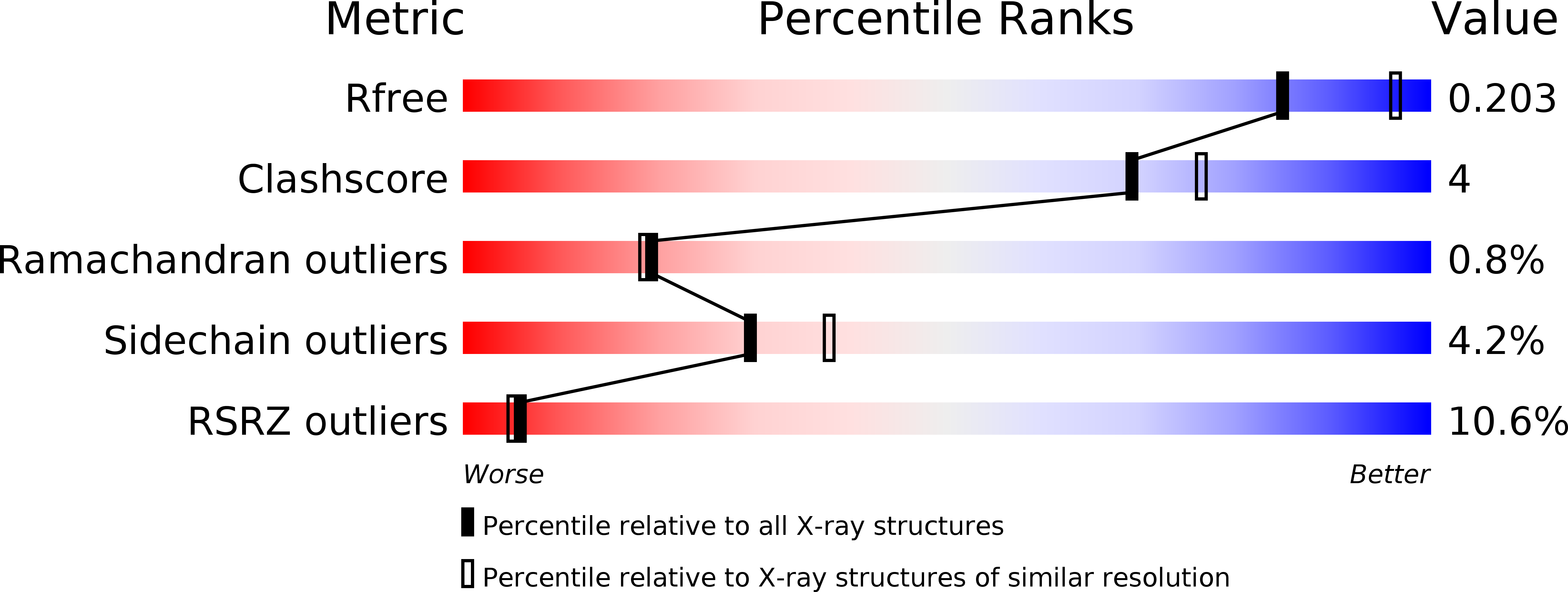
Deposition Date
2013-07-12
Release Date
2014-12-03
Last Version Date
2023-11-08
Entry Detail
PDB ID:
4LNU
Keywords:
Title:
Nucleotide-free kinesin motor domain in complex with tubulin and a DARPin
Biological Source:
Source Organism:
Artificial gene (Taxon ID: 32630)
Homo sapiens (Taxon ID: 9606)
Ovis aries (Taxon ID: 9940)
Homo sapiens (Taxon ID: 9606)
Ovis aries (Taxon ID: 9940)
Host Organism:
Method Details:
Experimental Method:
Resolution:
2.19 Å
R-Value Free:
0.19
R-Value Work:
0.15
R-Value Observed:
0.15
Space Group:
P 1


